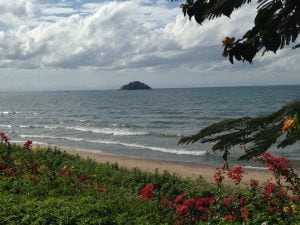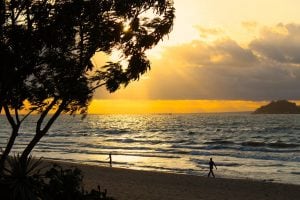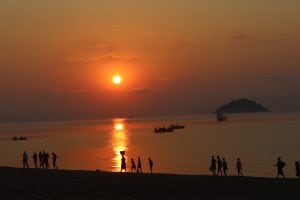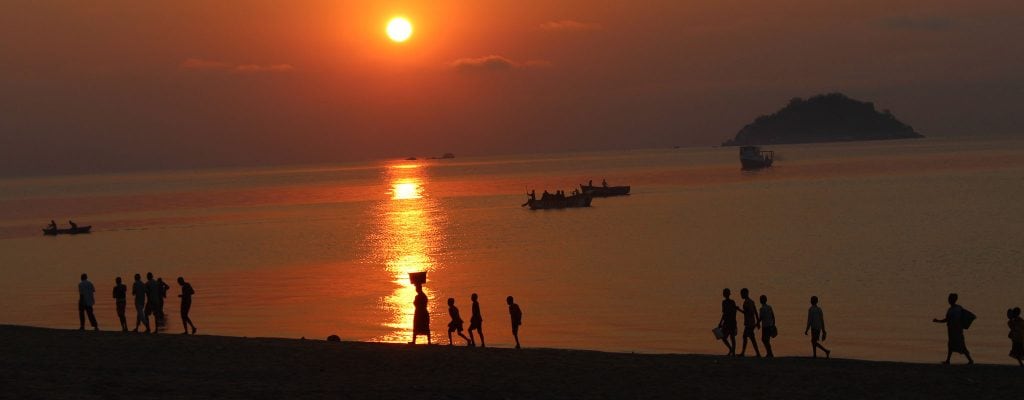
Lake Malawi is the ninth largest lake in the world, and the third largest and second deepest in Africa. It is at the far southern end of the Great Rift Valley, with origins far to the north in the Middle East, with northern links in the Sea of Galilee and the Dead Sea in Israel.
It is home to more species of fish than any other lake, including at least 700 species of cichlids, and is a magnet for water sports enthusiasts from all over Southern Africa. Considered one of the most beautiful places in all of Africa, Lake Malawi is home to the annual “Lake of Stars” celebration in late September.
Lake of Stars Festival
This arts extravaganza of international, regional and local arts and talent, combines drama, dance, and poetry, along with a mix of the traditional past, to entertain and educate the thousands of visitors who visit the lakeshore for this event.
Moments in History

Then there was the first naval battle of World War 1. On 16 August 1914 the British Gunboat Gwendolen, commanded by Captain Rhoades, received word of the outbreak of World War 1. His orders were clear and concise, “sink, burn, or destroy” the only German gunboat on the Lake, the Hermann van Wissmann. When Rhoades fired a single volley at the German gunboat it signaled the first naval battle of World War 1. And it was fought on Lake Malawi deep in the sub-Sahara!
Length, Width, and Depth
Many people can remember the size of the lake through the term the “calendar lake.” That is because the lake is approximately 365 miles long, 52 miles wide, and has 12 major rivers flowing into it. Hence, one can remember the size of the lake through the parallel to the western calendar. While there is only one source for water to exit the lake, the Shire River that flows to the Zambezi, and then to the Indian Ocean, approximately 80% of the loss of water leaves through evaporation.
The Lake’s Natural Beauty


